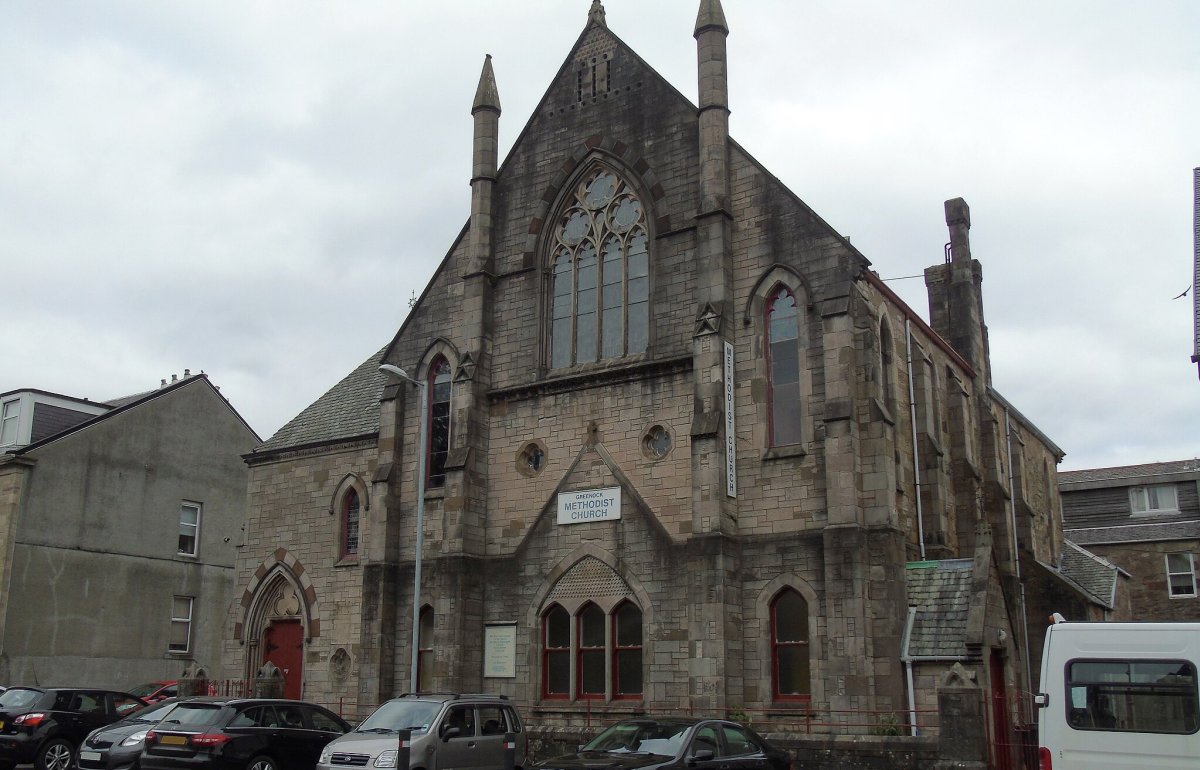Casework: The Romping Donkey, Cheshire
Share on:
The Romping Donkey, Cheshire is one of a number of buildings at risk with which we have been involved over a period of several years. Sadly, the building remains in a poor and vulnerable condition with no use at present; however, a recent submission of planning and listed building consent applications suggest there may be fresh hope on the horizon.
Located within the village of Hassall Green the Romping Donkey is a Grade II-listed timber frame building believed to date from the 17th century. We understand it ceased trading as a public house in the summer of 2011 and changed ownership sometime between then and the January of 2012. A turbulent time followed in subsequent years with the new owner carrying out a number of unauthorised and damaging works - including the demolition of the 19th-century wing. Failure to carry out little, if any, proper maintenance and repair during this time means the building remains in an extremely vulnerable condition.
Earlier this year Cheshire East Council consulted the Society on planning and listed building consent applications to convert the former public house into a single dwelling and to erect three new dwellings on the site.
Our assessment of the current application proposals concluded that the proposed conversion of the former public house to a dwelling could provide a compatible use, and we felt it may be possible to accommodate a small number of new dwellings on the site. Unfortunately however, we did not feel able to support the applications in their current form as we believe the nature of the proposals would have resulted in harm to the building’s special interest and its setting.
The application drawings for the Romping Donkey, while considerably better than those submitted in previous applications, still lack some key information. Additionally, it was felt that the proposals did not appear to address crucial structural issues where members of the timber frame had previously been truncated or were missing completely. Consequently, we urged the Local Planning Authority to request additional information and we encouraged the applicant to ensure that they fully understand the structural condition of the building, and that any structural problems are addressed as part of the conversion scheme.
The scheme for the Romping Donkey included a proposal which sought to increase the building quite considerably with a sizeable two storey extension to the rear, and this addition was one of a number of matters on which we commented. The Society indicated that while it does not have objection to a modest addition to the building in principle, it felt that the proposed extension was far too large, and that we remain to be convinced that the rear is the right location/point at which the building might be extended. It would, we suggested, be far less harmful to extend the building at the eastern end where very little/no historic fabric appears to survive. We therefore encouraged the applicant and their advisors to review the proposed scheme and to explore the possibility of extending at the east end as opposed to the rear.
In respect of any new development on the site, we offered advice on the number, layout, size, massing, overall design, and likely impact of the proposed dwellings on the setting of the listed building. In our view, the proposed dwellings would, by virtue of their height, massing and development layout, visually challenge and dominate the Romping Donkey. We advised that any new development on this site should respect the listed building and not compete or overshadow it. Additionally, we felt that the overall design of the proposed houses did not appear to respect the Romping Donkey nor the local vernacular and the character of the village. While we were pleased to see attempts at a modern architectural response we did not feel that the proposed designs were successful and we were not persuaded that they would sit well in this context. Sadly, the proposal drawings gave the impression of standard house types with very little interest.
While we were not able to lend our full support to the latest proposals, owing to an insufficient level of detail and the harmful nature of some of the proposals, the Society welcomes this most recent attempt to develop a scheme for the repair and re-use of the listed building and the wider site. Given the potential impact of the proposals on the Romping Donkey and its setting, we advised that the proposals for its conversion and extension be reviewed and amended, and that the Local Planning Authority establish basic principles (of no. of dwellings, site layout, orientation, height and massing) with the applicant and their advisors before new detailed designs are developed.
In spite of the challenging circumstances and neglect of the building in recent years, there is a high survival of historic fabric at this former public house. Fortunately, the Romping Donkey is still standing, albeit a little less stable and high spirited than it once was. The Society remains willing to offer advice to both the Local Planning Authority and the applicant and their advisors in an endeavour to help secure a new use for the Romping Donkey and its careful repair; and we keep our fingers crossed that a sensitive scheme will come to fruition in the very near future.
Sign up for our email newsletter
Get involved


